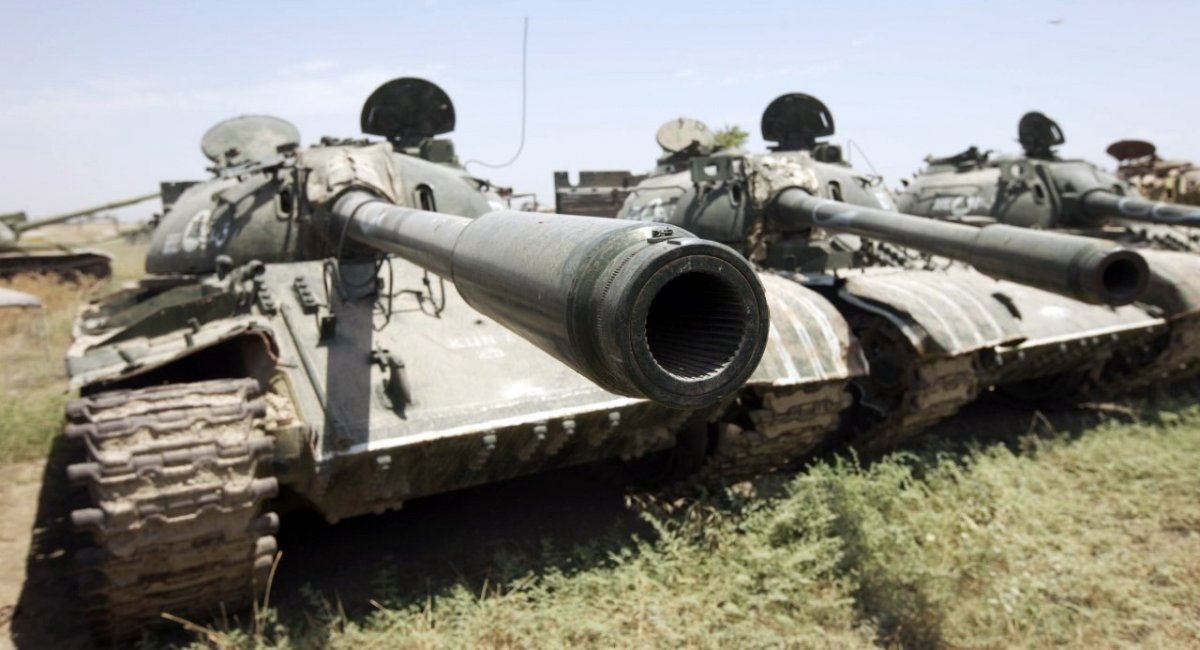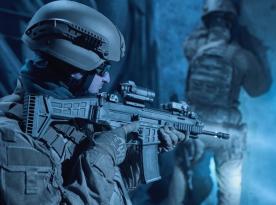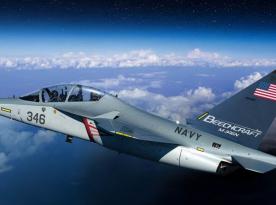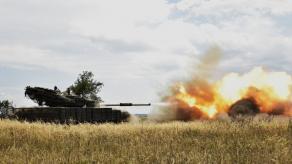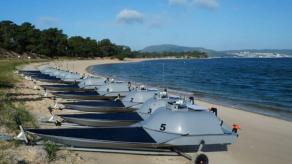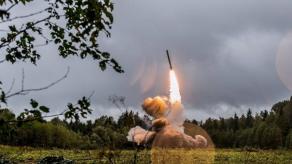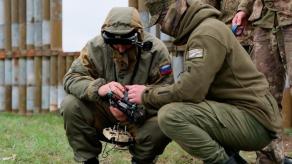When it comes to taking archaic tanks from storage in russia, the usual mantra is that they will dig these weapons hull down and use as gun firing points. At first glance, it seems like a good idea without issues, as this way you don't need to provide maintenance to the engine, the soil serves as additional protection, and only the turret is exposed above the surface.
Right away we recall the World War II experience of Germans digging their tanks hull down during the defense of Berlin. And it looks like an option for the T-54 tanks produced before the Battle of Berlin. However, realistically speaking, in most cases the Germans used for that purpose specially made turrets analogous to the ones on Pz.V Panther – these were mass-produced and called Pantherturm. At times when actual tanks were dug in, it was about the vehicles that almost lost the ability to move and could not be repaired.
Read more: More russian T-54, T-55 Coming In: The Question Is, Who Will Restore Them

In other words, the idea of digging tanks was applied out of desperation because a tank is first of all a mobile firing unit of great firepower. The main feature of any tank is the combination of movement and attack. Digging it is equivalent to taking its turret alone.
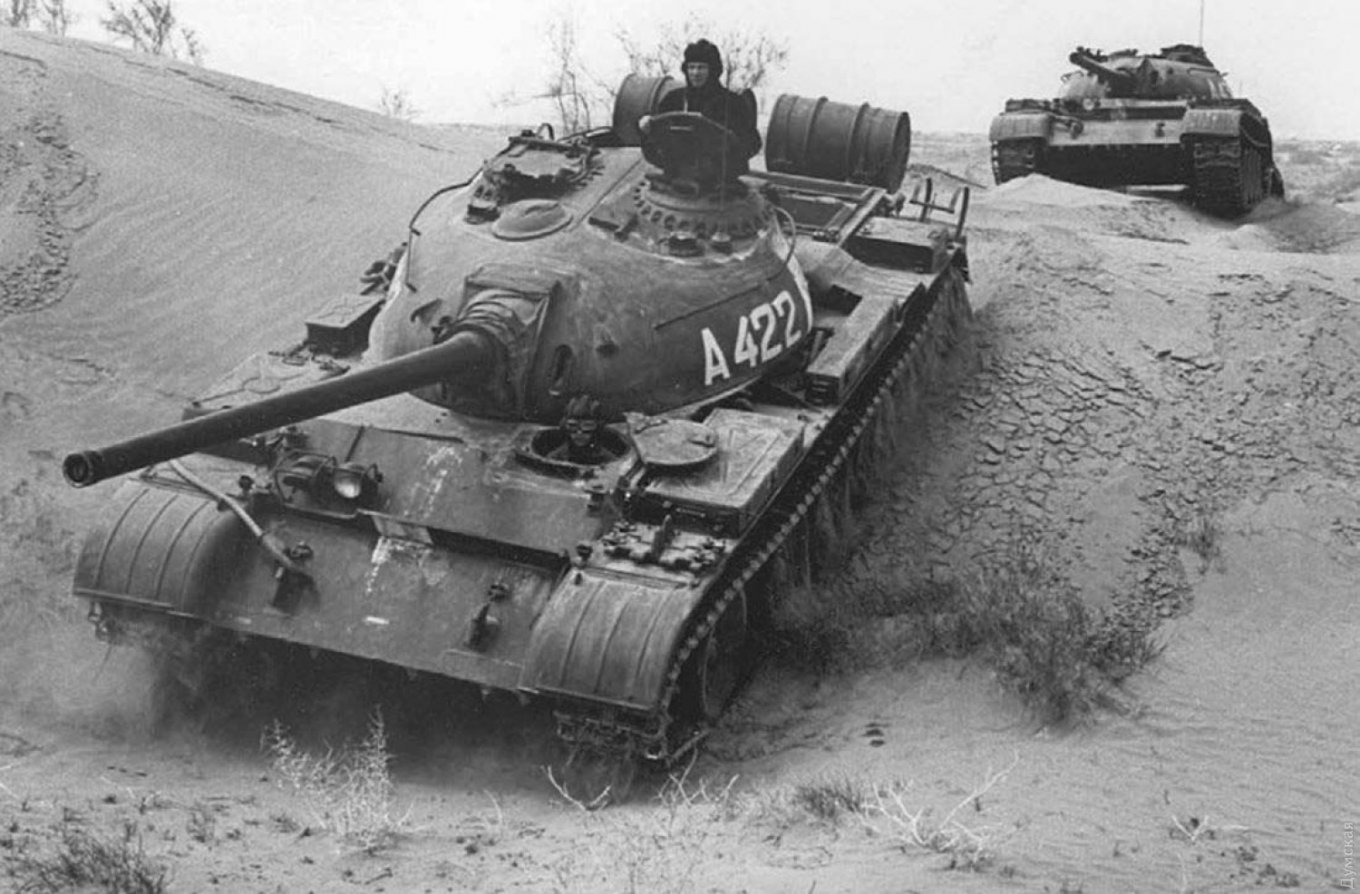
Furthermore, the crew of the dug in tank will soon face some "surprises" because all the gears of the turret and the gun are powered by the engine. If it stops working, the only thing that's left is the manual aiming when the rotation of the entire turret and the gun in the vertical axis is provided by the muscular strength of the gunner himself.
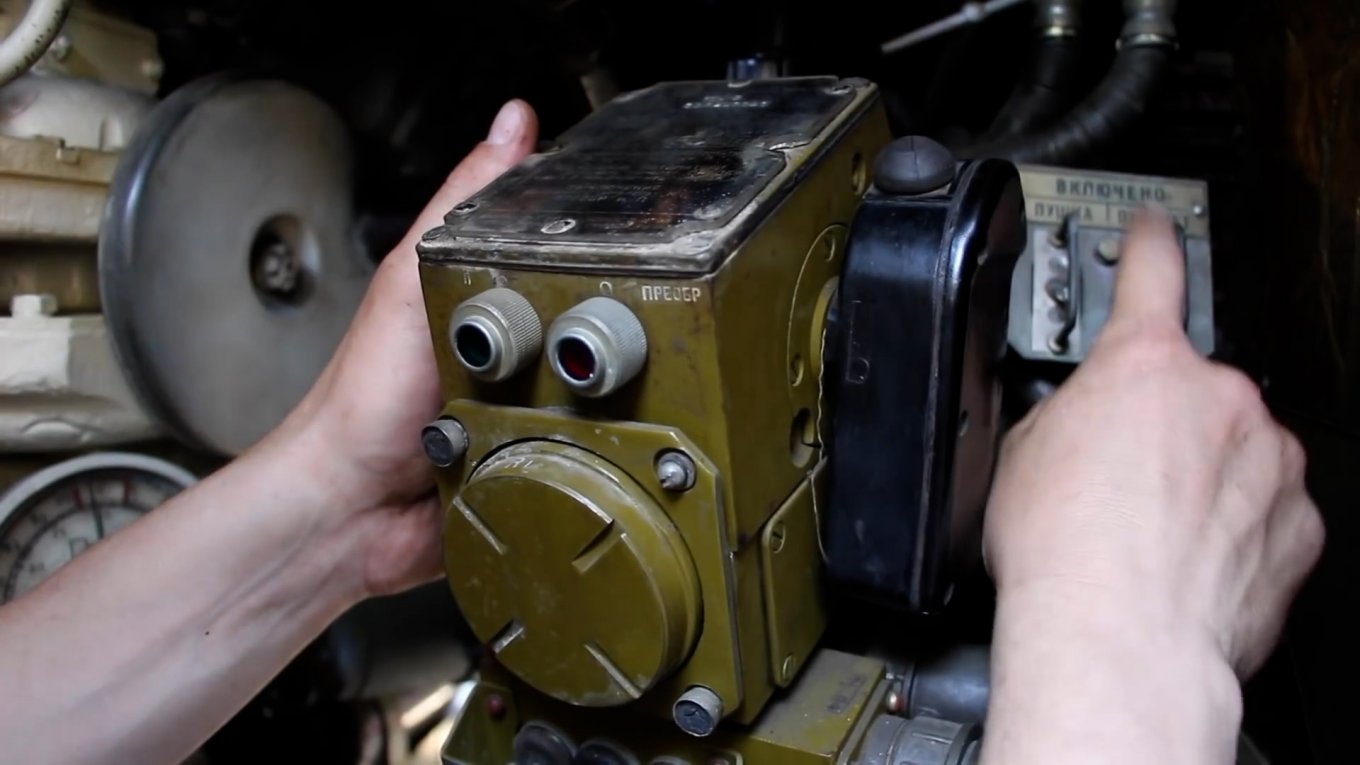
The gun stabilizer doesn't work, either, so it affects the speed and accuracy of the gun aiming. When it comes to the T-54 or T-55, there is nothing to be said about thermal imagers or night sights, laser rangefinder or ballistic computer. Even the backlight in the reticle would be working until the battery dies out, as well as air conditioning. Although the latter could be solved by using an external power generator.
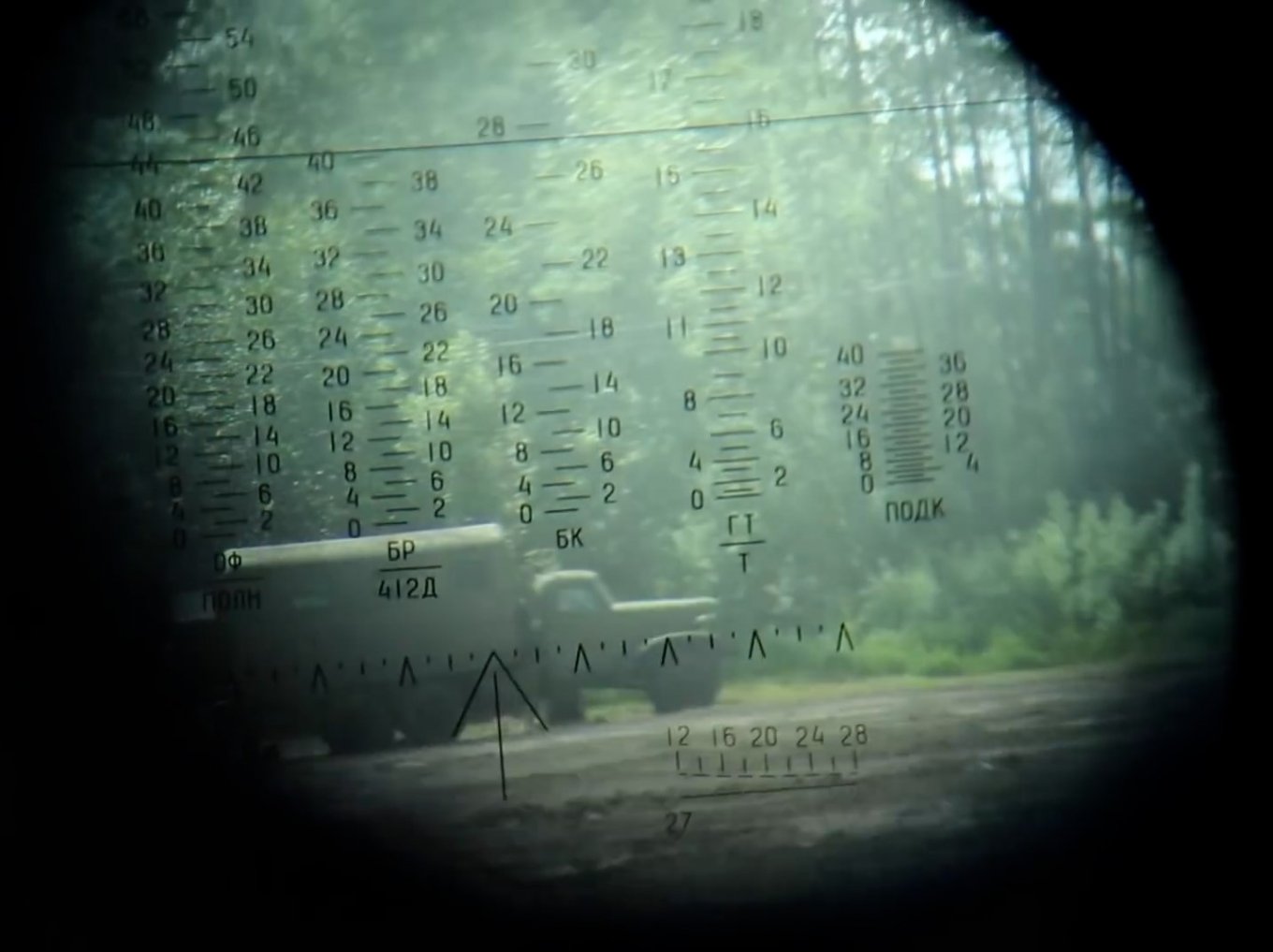
Lastly, for the T-54 and T-55 used as firing points, the key issue is the ammunition supply. Both tanks used the 100mm rifled D-10 gun which was created for the Su-100 anti-tank howitzer to fight against Pz.V Panther and Pz.VI Tiger. The ammunition for 100mm smoothbore MT-12 Rapira are not compatible with it. And the issue is not as much about the quantity of shells for D-10 as it is about the quality of the well-aged ammunition.

That said, even if a T-54 is dug in and turned into a stationary firing point, it just turns into a target with coordinates known in advance (basically a practice target for any GPS-guided munition), limited vision of surroundings and lots of troubles for its operators. And the way such dug-in tanks are destroyed would be no different from this situation:
And it happened without even specialized anti-tank weapons, tanks, mentioned precision munitions – just an ordinary quadcopter with a bunch of grenades.
Read more: The Next Vehicle russia Will Take From the Dump After the T-54 And the T-55 MBTs




